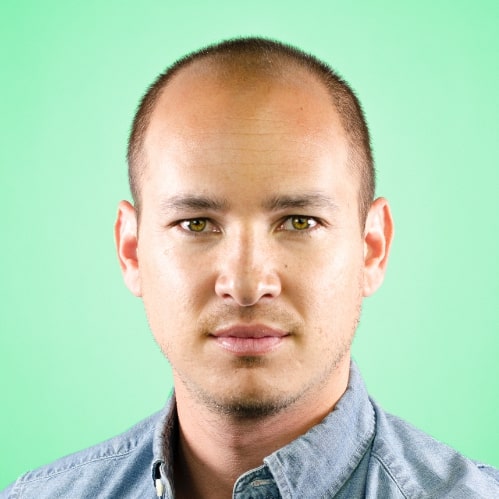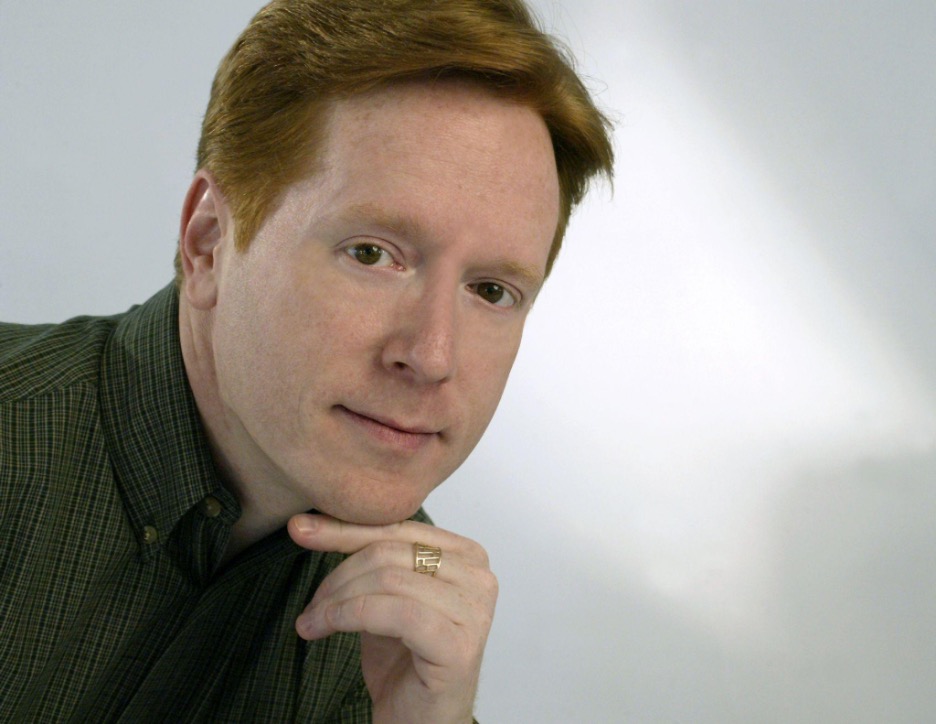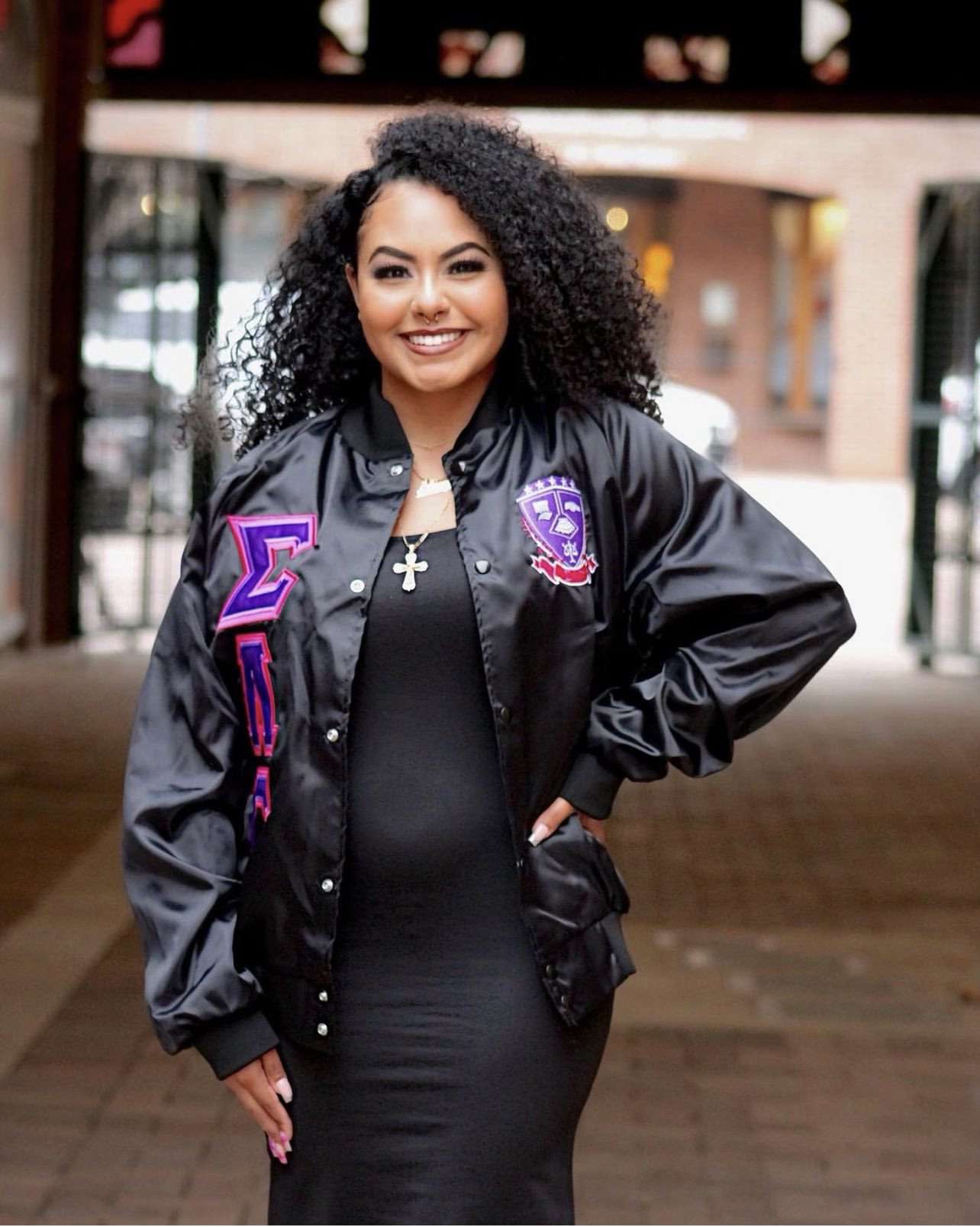
Associate professor and head of archives, Jay Trask, walks us through Michener’s archive, uncovering centuries-old documents.
So this is back in one of our locked storage areas that we have here in archives. This side is where we keep all the university records and a lot of the special collections. So it's filled with all sorts of cool shelving. The whole surround around here is all, what we call rare books. But in general, it's actually like faculty publications. So if you're interested in the history of like science writing - we've got, you know, a ton of our past professors actually wrote science textbooks. You know, we were so big in history of education. So, we have copies of all the textbooks that they write. We also collect all the current, you know, the faculty publications, the stuff that they're still publishing. And we were also looking for like historic examples of textbooks.So like, you know, we have like Victorian Arithmetic guides.
I was just looking for one of those earlier.
Yeah. So, yeah, I'll, everybody's always after those. We have a reading primer from the 17th century and it's really fascinating and also quite bloody and terrifying just because - they figured kids love when martyrs get burned and things like that. So those are the examples.
So our very first student newspaper is the crucible, and the crucible came out, um, in the 1890s. But I'll just pull one off the shelf. I know people can't see it over the air, but I'll just show you really quick. It's got, you know, all sorts of information about pedagogy. And it's also fascinating at this time on campus - we were very progressive in education. We were part of a national movement to simplify the English language. We were going to make English spell the way it sounds. So a lot of campus publications published using these rules. So we get rid of like 'ed's at the end of words and we put a 't' on the end of the words. We got rid of 'ph's. Um, so like if you took physics here, I would've been 'FISIKS' I believe. I think they got rid of the hard C as well. And then we've got like student council records. We've got Faculty Senate records, board of trustees records, different departmental records. So it's all sorts of cool stuff.
All right. And then we'll keep walking. So this is where we enter into our special collections. So our special collections, we're interested in different kinds of things. So special collections, we're collecting alumni or faculty papers. We're also collecting local history and history of education, that kind of material. So like these are all papers from Connie Willis who a science fiction author. And Connie is like the most awarded science fiction author ever. So she's a graduate of UNC, but she's one more Hugo, more locus, more nebula awards than anybody else. And she knows everybody else in science fiction. And she handwrites all of our books still. So this, this is almost like deleted scenes for her books, which is really cool. So you can see, I'll just pull one out. Let's see if this is a good one. Yeah, so you can see each chapter has got, this has got 11 drafts for the very first chapter.
So you keep the drafts?
We do in the case of, of an author like Connie because it's really important so you can see the creative process, so you can see how it develops and this is disappearing because most authors now are doing everything digitally. So yeah, it's all the same documents. so yeah, it's, this was one of the coolest collections I got to work with, and it just goes all the way down this row.
Some of the local history stuff we do is we collect things to related to Deerfield. And do you know about Deerfield?
No.
Okay. So what Deerfield was, was an African American community that grew up, um, outside of Greeley. It was east of us, out on the plains. And in 1910 a group of African American businessmen down in Denver wanted a new start of away from entrenched racism. They built their own community here. They never got water rights so it really flourished when the climate was working okay. And with how the world was working at the time during World War I, they made really great money and it was a really thriving community. And there was plans on building a black serving college out there. There were plans on building factories. It was going be, you know, the number one African American settlement.
I take that back. George.
Oh, yes. George Juune.
He talked about Deerfield and they even had their own newspaper at some point.
Yeah. It was a fascinating, it's a fascinating place. So we collected Deerfield related material, so we have papers from the founder of Deerfield which are really amazing. And we've digitized all of these things. They live on Digital UNC, so it's, people can go in and take a look at that. I mean, not the Connie staff that's gonna take a million years to digitize, but that Deerfield stuff we've done. And then, yeah, there's all sorts of other cool things there. But we'll move to the other side, we got to keep moving.
There's a lot.
Yeah. So like our yearbooks, we used to have yearbooks on campus.
When did they stop doing yearbooks?
It's actually kind of hilarious. So what happened is in 1971, the editor of the yearbook was very anti-establishment. And in the yearbook there's instructions on how to roll a joint. There is also like, he has this whole thing about the sports teams. He's like, I don't know who these people are. I'm not gonna, I don't have time to learn their names. So he doesn't identify anybody in the sports photographs. He's got a picture of like in the very center of the book is he put the American flag upside down, you know, the symbol of like we're in crisis because it was during the Kent state shooting. So as a student he felt like all students were in crisis at that time. Administration was not really that happy with that direction that, that he went with on the yearbook. So in '71 they stopped it. We got a new yearbook, they tried it in '79. It lasted a couple of years, didn't really make it, they tried again in the 90s, never made it so nothing - this was a long solid run. So our originally yearbook ran from 1907 to 1971.
So we're going into secret areas again. So secret, secret, archival spaces.
So happy and honored.
So this room is super cold as you've noticed as you came in. So this is where we have all this stuff that's more sensitive, that's gonna disintegrate. So we regulate the temperature and the humidity in here to keep everything safer. This is where most of the James Michener stuff lives. And you know, we ended up with Michener stuff. It's kind of a strange journey. Michener came here. He was a student here back in the 30s. So he came here to work on his master's degree and he also came to teach as well. So he taught when we had a laboratory school. So he taught effectively high school social studies. He and his very first wife came here. So he made it big afterwards and he started donating his papers to the library of Congress, but he got mad at the library of Congress at a point. So then he started donating his papers wherever he happened to be living, which was all over America. He finally towards the end of his life, wanted everything together and he picked Greeley. So even though he'd made these agreements with all these other organizations, in his will, it was said that he wanted everything back here.
Are you still receiving stuff from around the country?
Yeah, we still get new collections, new Michener collections do come in, but we've kind of reached as many agreements as we can with the other institutions that have stuff. The Library of Congress still has some stuff that was sealed and it's recently been unsealed, so I'm going to work with them soon to see if we can get that copies of that cause it could be kind of exciting.
This is all university stuff on this side. So this is where we have old historic photographs from the university. We also have a collection of cool sports photographs. So one of our graduates and alum became a professional sports photographer and he took a lot of amazing photographs of sporting events in the 60s and the 70s. Like international events. So we have different shots of the famous Mexico City black power protest are in this collection here. So when he died, the family just donated it to the art department who then sent it over to us to take care of.
So something like that, by the time that it gets to this room, have you already digitized it or are you, is it always just an ongoing process and all of these, these rooms that you're digitizing?
It's an ongoing process. It's a slow, slow process, because again, what takes so long is making things accessible. Cause if we just digitize it without writing up, like what we've just digitized, there's no way to find it. So this stuff is (the sports photography) is amazing, it's super cool, but we've been focusing on getting other university stuff done first. So like all the yearbooks, we've digitized, we've digitized all the student newspapers. We've digitized Deerfield stuff. So you know, it's slow.
So this is the oldest book we have in our collection. It's from the renaissance. And as you can see the cover's got human figures all around it. This book is huge and the entire thing is about the book of Ezekiel in the Bible. So he had a lot to say about his Ezekiel.
It's like a lit literature review on just Ezekiel.
Yes. It basically is. We start out, his patron was Phillip II, the King of Spain. So he talks a lot about how cool Phillip II the second is. So he just goes on and on and on about Phillip II. Just to make sure that, you know, your boss is happy with your work. He was really looking at the temple of Solomon and they they were questioning his, his interpretation of the Temple of Solomon. So it's, it's all you know, printed. So this is by the period of time when we've got printing. So, but it's still, it's amazing. And the pages are in amazing shape because they're all handmade. Um, every single page.
How did you receive this?
That is a great question. It's a beautiful question and I wish I had a good answer for it. I had one of my work study students got obsessed with this book. She loved this book and she did as much research as she could. We never could find out exactly how it ended up in our collections. We do know this is a UNC, 295. Which is terrible for, from an archivist perspective, that somebody actually wrote that on this ancient book. But this is normal school era numbering. So this was received early on in our life as a school and it just stayed in the library and then slowly passed on into archives.
It looks like there used to be like a belt on it.
Those two little clasps. Yes, there were clasps to keep it closed because the paper warps and so you want to keep it tight so that the paper is not going to get so warpy. And actually this one was published in the 1500s, but at some point we can see from this inscription at the front, it ended up in a Carmelite Convent Library. So this was part of a nunnery at some point before it was removed and ended up in America and then ended up in Greeley. So, which is cool.
We also, um, I'll show you... I'm pulling out lantern slides now and lantern slides are a little glass plates that they used to travel around and show there were lantern slightest who did shows of these things. Basically, it's like a PowerPoint slide effectively. And these are from our outreach department from the normal school era. So this is the, um, the normal school in the Colorado Teacher's college. So this was a photograph of our playground we used to have on campus, which we were very proud of because it was a research playground. So that as an educator, you're learning to educate, you're also learning the value of play for the students.
What year was this playground?
So this would have been 19teens. We've digitized this one and this one is on digital UNC, which is where we put all of our digital stuff, but it's like a dangerous looking playground. That's why I love it.
There's a lot of metal bars at crossing another swings that might be attached. I can't tell.
Yeah, the swings, they look like they're two stories high swings. I mean it's amazing. And like the little kids in the front, they've seen some things on this playground. Some of them are actually hand painted. So to give it a little bit more pop, they would, they would paint it. So the pictures of the chapel, there used to be students used to be required to go to chapel on campus, those pictures are all hand painted.
Let's see. Let me pull out like the, the coolest thing we've got here. So there's a woman who, her name is Chris Petteys. She's passed but she became really fascinated by women artists in the 1980s when she was working. She ended up writing a dictionary of women artists. She also collected women artists. So we've got her collection was donated to PVA and we've ended up with that collection taking care of it. And it includes amazing pieces of art. So I'm going to pull one out. And these are all digitized as well. We've digitized all of this stuff.
just for the audience's curiosity, Jay has now put on gloves.
Yeah, this is the one of the few times I'll wear gloves. So it's actually a strange archival point of contention when you wear out wear gloves. I'm generally on the less gloves is better side. But this is a Mary Cassatt. So this is actually, you know, the American impressionist Mary Cassatt. It's one of her original pieces.
So it's pretty amazing that we actually have this. PVA uses this for a teaching collection. It's really, really amazing to have. And we're figuring out a way that we can actually get this way more accessible. Trying to come up with a, like a traveling exhibit or something because we've got like Mary Cassatt, we've got Elizabeth Catlett who is a really important artists who did a lot of work in the African American community. I think she was working primarily in the 20s. We've got like more one Mary Cassatt actually. So this is actually one of her sketches. Just this is just a sketch from Cassatt. And this one is super cool cause Cassatt often does like women in intimate settings. So like women in the home. Women like just with their babies at home or women just living in the domestic sphere. This one is, they're out and about on town, you know, they're riding an omnibus, so it's super fascinating.
Anybody who wants to come take a look at our stuff, we're always happy to do it. We're starting to do public tours on a regularly scheduled basis now. So we're going to do the last Wednesday in the month at one o'clock, and we're going to be doing a public tour. So there's, there's one coming up this month in August, but we're just going to keep it, keep it going throughout the year, so anybody can come see it. It'll be fun.
Music:
Digi GAlessio – Outro
Lee Rosevere – Haumea





